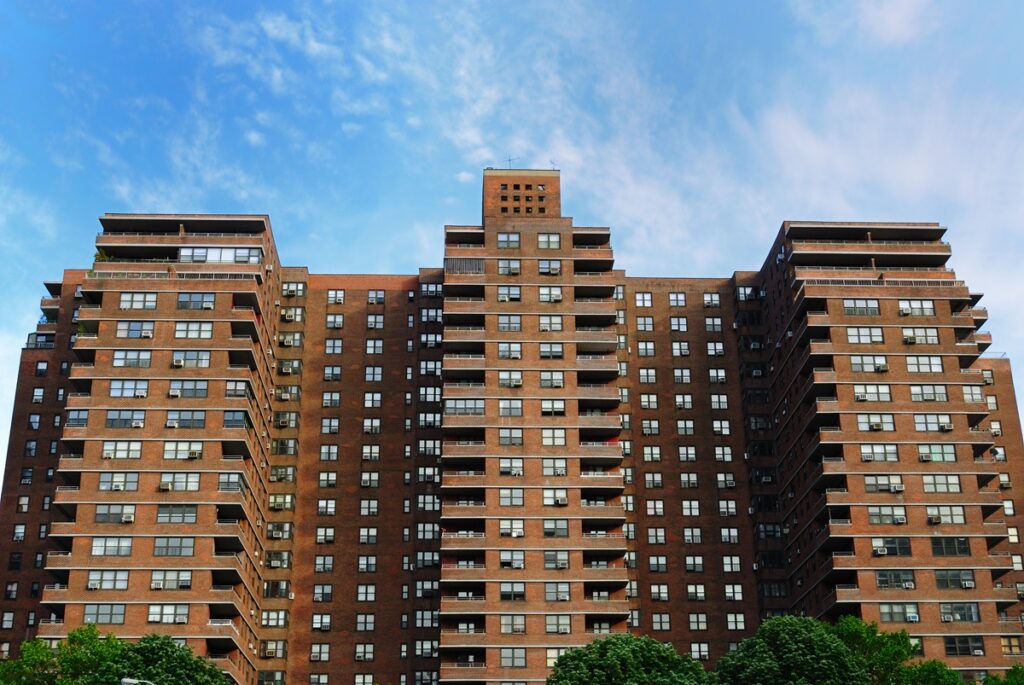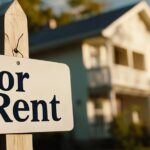A new report from the Association for Neighborhood & Housing Development (ANHD) warns that New York City could see a major wave of affordable housing losses in the coming years as long-term affordability agreements expire.
In “Preserving the Foundation: The Crisis Facing New York City’s Affordable Housing,” ANHD outlines how decades of city-subsidized housing production are now reaching the end of their affordability terms.
Scope of the At-Risk Stock
Between 1987 and 2007, the City of New York subsidized 294,402 housing units, according to the report. Of those, 234,508 rental units are subject to affordability restrictions that will eventually expire.
ANHD’s analysis found that “169,561 units (72.3%) will be at-risk of losing their affordability by 2037 because of maturing mortgages and regulatory agreements.” The organization cautions that this may understate the true number of at-risk homes, since homeownership units and some state or federally subsidized properties were not included in the count.
A Timeline of Expiring Affordability
The report notes that affordability expirations began in 2017, roughly 30 years after the first subsidized developments were completed. The problem escalates over time, with “the largest number of units (18,537) at-risk of losing their affordability in 2020.”
This cycle of expiring agreements, ANHD argues, poses a sustained challenge to the city’s ability to preserve its existing affordable stock, even as new housing is built.
Permanence as a Policy Goal
While the city’s investment in subsidized housing has been substantial, long-term affordability requirements remain rare. The report reveals that “less than 1% of the 294,402 units subsidized with city resources over this 20-year period are required to be permanently affordable.”
Calling for a shift in policy priorities, ANHD writes, “Although there is no one-size-fits-all approach, the consensus among many in the affordable housing community is that permanent affordability must be embraced as a core principle.”
Financing and Preservation Challenges
The study also acknowledges the difficulty of maintaining affordability without continued public support. It states that “development of affordable housing has rarely occurred without government subsidy,” underscoring the financial and structural challenges of ensuring long-term affordability.
Although the findings center on New York City, ANHD’s warning has broader relevance. The report’s data highlight the national trend of older subsidized properties approaching the end of affordability covenants, threatening to reduce the overall supply of below-market housing.
As ANHD cautions, allowing these units to revert to market-rate rents without renewed protections could undermine decades of investment. The organization frames the issue as a potential “crisis,” urging the city to adopt stronger, permanent affordability requirements to preserve its affordable housing foundation.








